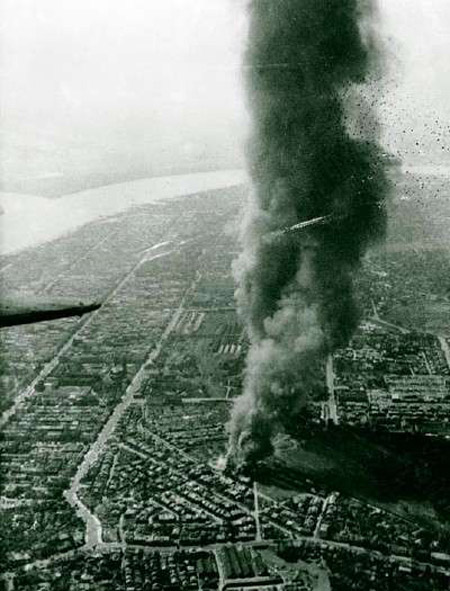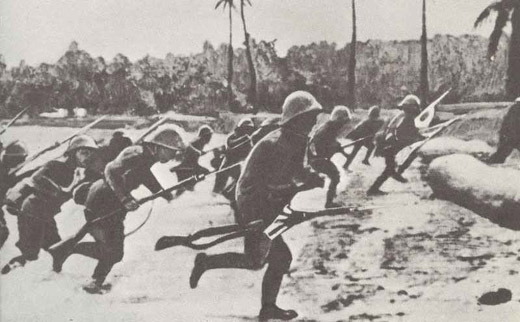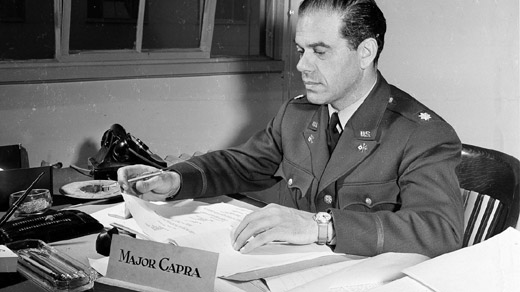Arctic
During the next few days, while the convoy PQ-12 is sailing to the USSR, the German battleship Tirpitz makes a sortie from Trondheim to try to attack it. The British Home Fleet with the carrier Victorious is out also and, although it is given accurate instructions from the Admiralty, there is no contact between the various forces. This is one instance when it has been correct for the Admiralty to 'interfere' in the conduct of operations in the way that will attract criticism concerning the PQ-17 operation.
[Battle of the Atlantic
U-129 torpedoes and sinks the US freighter Steel Age about 130 miles northeast of Paramaribo, Dutch Guiana and takes the lone survivor captive.
[Burma
The newly arrived 63rd Brigade, under the command of the Indian 17th Division, attempts to open the Rangoon-Pegu road, held by the Japanese, in order to relieve the garrison still cut off in Pegu. In view of the serious situation Alexander orders the evacuation of Rangoon since the situation in lower Burma is deteriorating rapidly.
Scorched Earth Policy in Rangoon |
 |
Dutch East Indies
Batavia is occupied by the Japanese.
Japanese Troops Storming a Beach in Dutch East Indies |
 |
Filmmaker Frank Capra |
 |